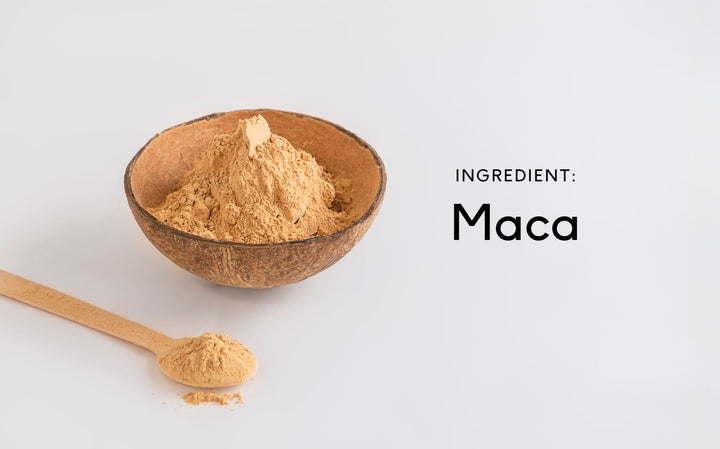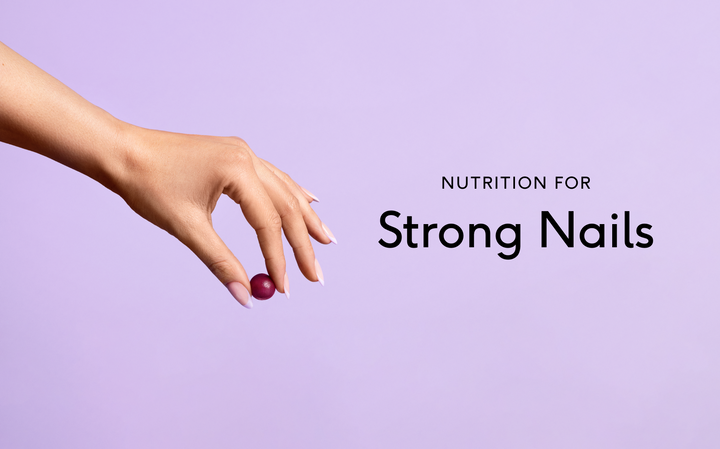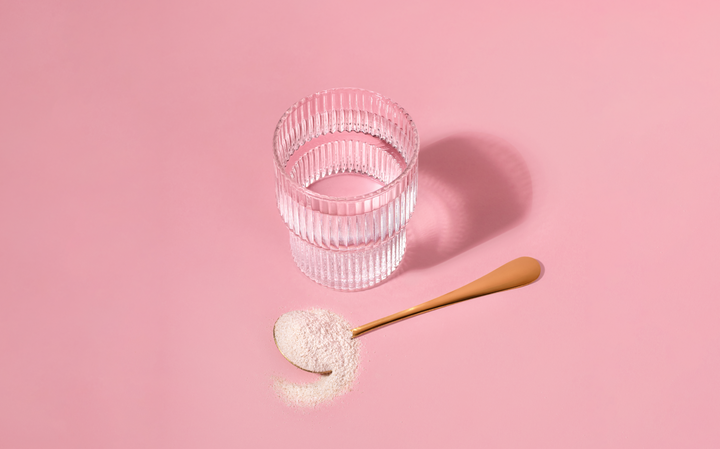Using the best form of vitamin B3: niacin vs nicotinamide
Table of contents

What forms of vitamin B3 are there?
In supplements, vitamin B3 generally comes in the following forms:
- niacin
- nicotinamide
- nicotinamide riboside
The difference?
Most people associate vitamin B3 with niacin, but nicotinic acid isn’t actually the form natural vitamin B takes within your body. Whether it’s under the guise of niacin, nicotinamide, or nicotinamide amide, your body inevitably converts the vitamin B you take in supplements into nicotinamide adenine dinucleotide (NAD). The way that your body converts dietary vitamin B into NAD makes all the difference.
Nicotinamide, also known as niacinamide, is an amide of nicotinic acid, which is commonly known as niacin. Nicotinamide riboside (NR), on the other hand, is a chemically altered form of nicotinamide that has unique attributes. NR has limited applications, however, so most vitamin B3 supplements contain either nicotinamide or niacin.
Takeaways:
- Niacin is an oxidated form of nicotine that the body can convert into NAD
- Nicotinamide is an amide of niacin that is more similar to NAD and has fewer side effects
- Nicotinamide riboside is a synthetic form of nicotinamide that has different attributes
Why is vitamin B3 in nicotinamide form better?
Nicotinamide is more similar to NAD than niacin, which may explain why this type of vitamin B3 has such a minimal side effect profile. While pellagra, which is the medical term for vitamin B3 deficiency, is rare, treatment of this condition with niacin causes unexplained skin flushing. This flushing doesn’t appear to be harmful, but it is concerning when it occurs. Nicotinamide does not cause any skin flushing, but like other forms of vitamin B3, it can be harmful at high doses. Consult with your physician if you are concerned that you might be suffering from pellagra.
It appears that vitamin B3 in nicotinamide form has the additional benefit of treating acne. Use of nicotinamide for acne is usually topical, but there’s some reason to believe that oral ingestion of this form of vitamin B3 may also reduce the symptoms of this skin condition.
In general, the body handles nicotinamide better than niacin since it is more similar to NAD, which results in greater bioavailability. No matter what form it might be in, vitamin B3 is water-soluble, which means that it doesn’t stay in your body for very long. When it comes to nutrients that you need to replenish every day, it’s critically important that you stick with the best supplement forms.
While NR may have some additional benefits above and beyond those offered by nicotinamide, this type of vitamin B3 also clearly lacks some of the beneficial qualities of its origin substance. In supplements, nicotinamide is the safest and most reliable oral catalyst for the production of NAD in the body.
Takeaways:
- As a simple derivative of nicotine, nicotinic acid appears to have some serious side effects
- Nicotinamide is an amide of niacin, which means that its form is more similar to NAD than any other type of vitamin B3
- More research needs to be done on NR to determine its benefits relative to nicotinamide
Why do we use vitamin B3 nicotinamide instead of other forms?
There are a lot of qualities that can determine the relative value of different forms of a supplement. Whether it’s bioavailability or production safety, it’s important to take all the relevant factors into consideration before choosing a particular form of a nutrient. When it comes to making the switch from niacin to nicotinamide, your safety is our biggest motivator.
It appears that the side effects of niacin are mild, and they only ensue at high doses. At the same time, any substance that causes the side effects that are associated with this form of vitamin B3 should be treated with caution. With our Feel Multivitamin™, we take the next leap forward by providing your NRV of vitamin B3 with nicotinamide instead of niacin. Why stick with the rest when you can get the best?


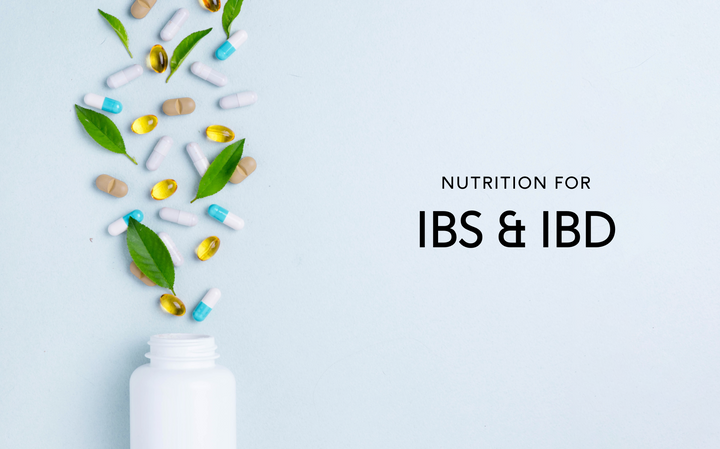








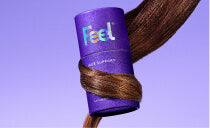






























 Back
Back

